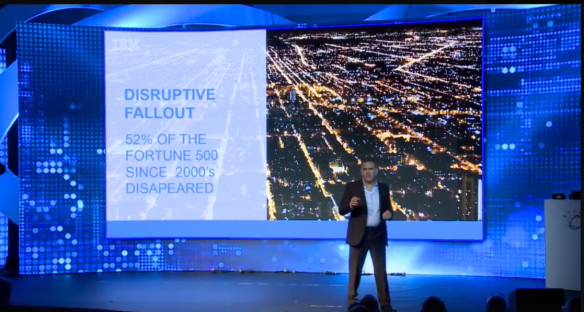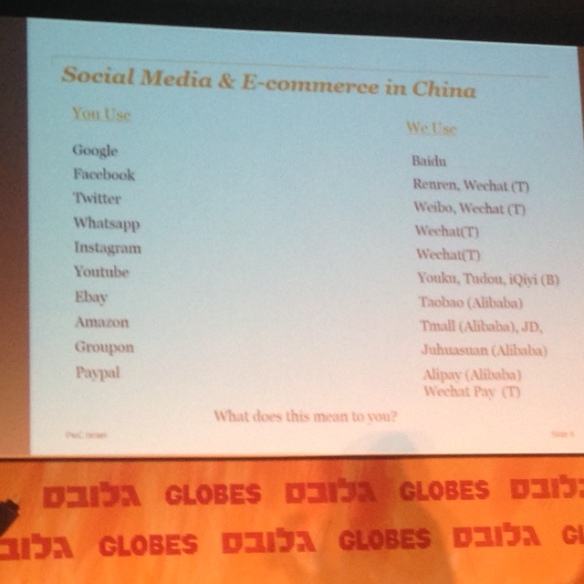I recently attended 2 very different conferences here in Israel: #CyberWeek17 and #SaasTockTLV. While very very different events, in size, target audience and more, I tried to use my marketing lens to compare them.
From a size perspective, obviously #CyberWeek17 was much bigger, although both events tried (and succeeded) to give you a feeling that this is the place for cool geeks to be. Check out these folks from Bside-TLV as an example 😊
Cyberweek also provided a unique opportunity to hear from global experts and intelligence/government leaders including (just to name a few) prime minister of Israel, Mr. Benjamin Netanyahu; Nadav Argaman, Director, ISA (Shin Bet); Dr. Douglas Maughan, Director, Cyber Security Division, Department of Homeland Security, USA; and many more.
But to be honest, my favorite celebrity speaker in this event was Dr. Mary Aiken, Forensic Cyber psychologist & the inspiration behind ‘CSI: Cyber’. Dr Aiken is the world’s leading expert in Forensic Cyberpsychology specializing in the impact of technology on human behaviour, she has written and spoken extensively on issues relating to the intersection between humankind and. In her fascinating speech she examined how traditional crime theories like Routine Activity Theory (RAT) crime triangle work and unfortunately outspread in cyberspace.

The last part of the day I attended was Cyberstorm Startup Competition. If I compare it to the ISV pitch at Salesforce essentials TLV that I attended the week before and I was so excited about, or even to the startup forum at SaasTockTLV – I think the startups in the salesforce events were more “baked” with regard to their pitch, presentations and messaging. The cyber contenders all mentioned sales and marketing as their biggest challenge moving forward. So hey guys – this is exactly where I can help!



 Talking about digital transformations, Carolyn Heller Baird, Global Research Leader, Customer Experience & Design, IBM spoke about Digital disappointment – why some customers aren’t fans, and shared some interesting
Talking about digital transformations, Carolyn Heller Baird, Global Research Leader, Customer Experience & Design, IBM spoke about Digital disappointment – why some customers aren’t fans, and shared some interesting  Oh and the presentation I liked the most? When Discovery Meets Big Data – Ran Gishri, VP Marketing Taboola.
Oh and the presentation I liked the most? When Discovery Meets Big Data – Ran Gishri, VP Marketing Taboola.







